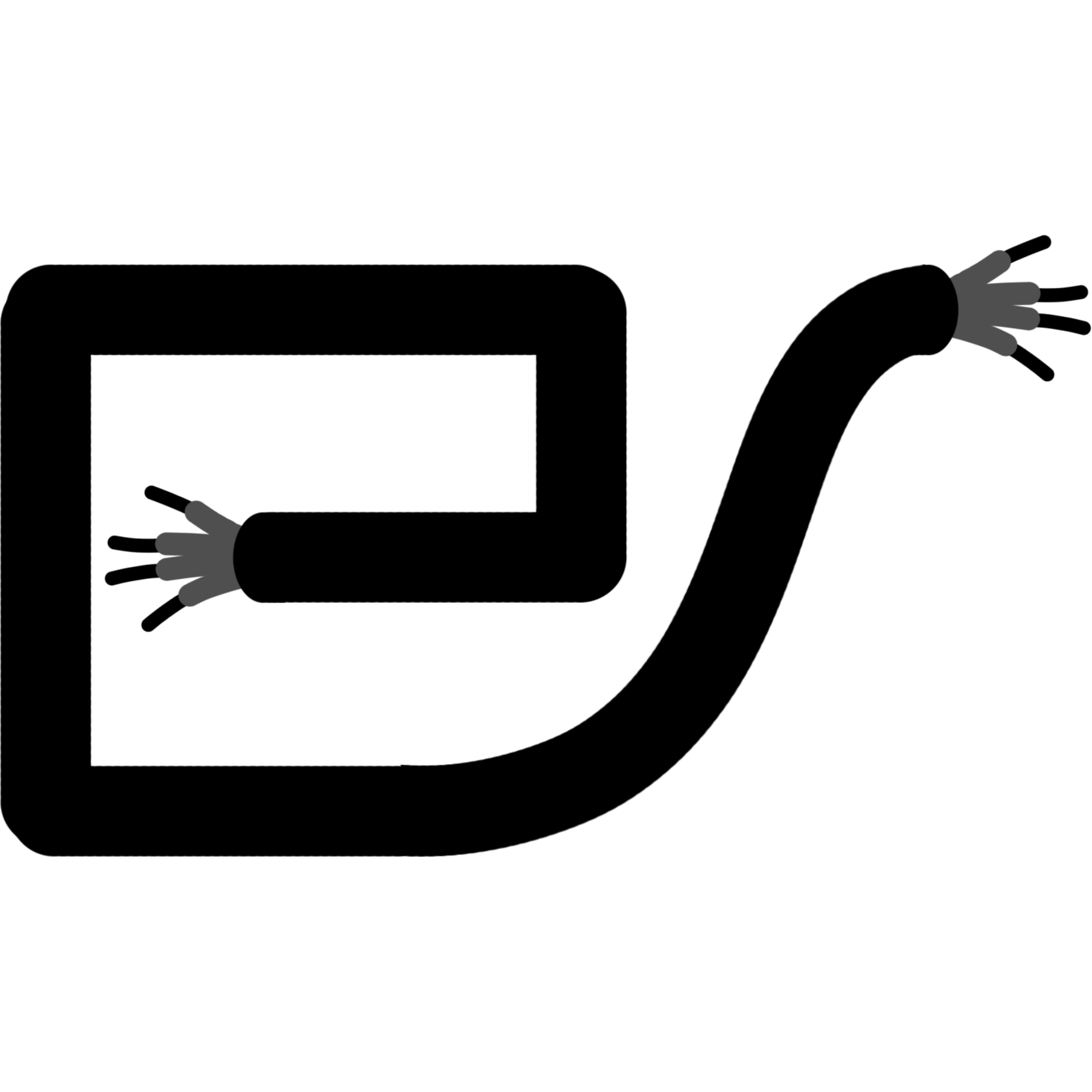

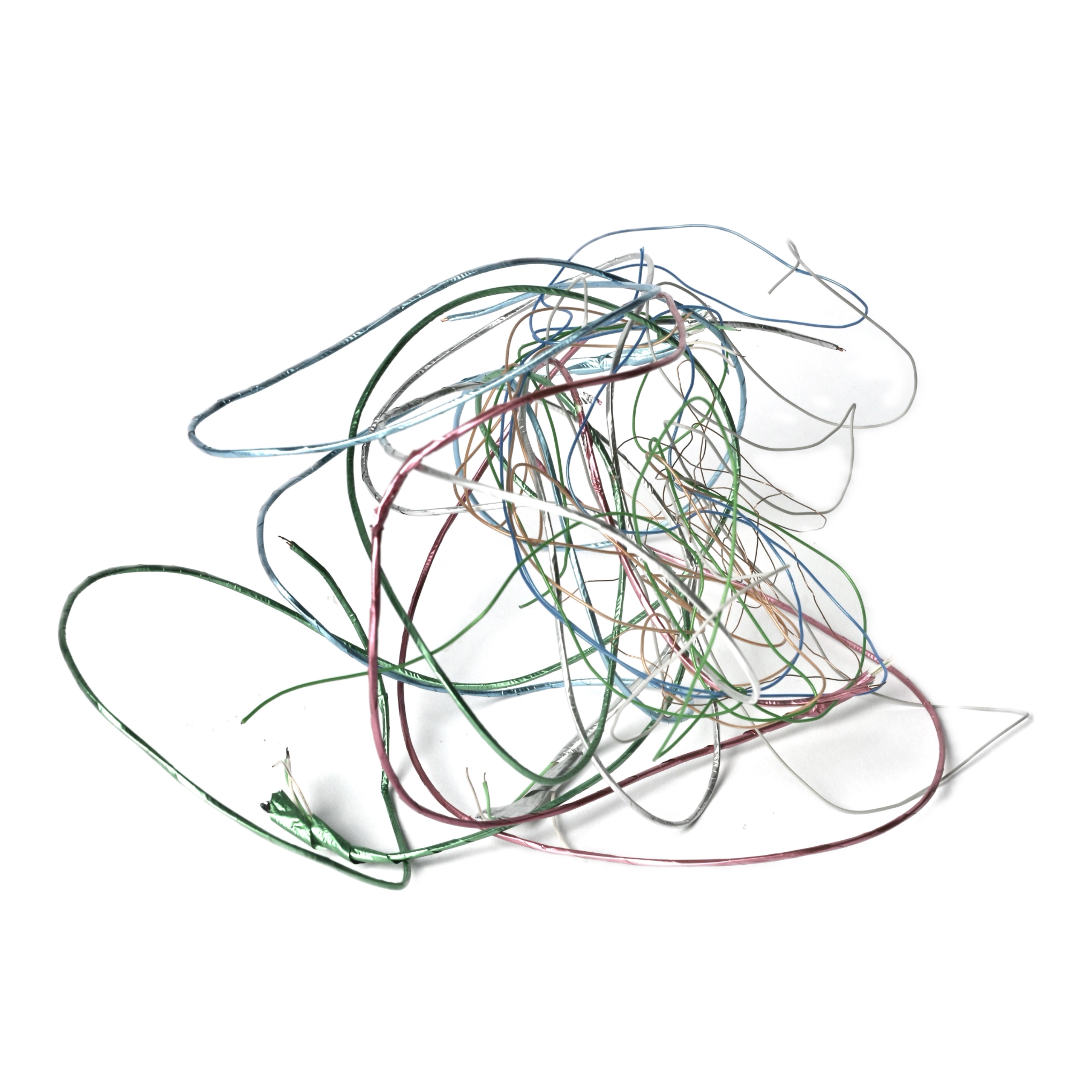
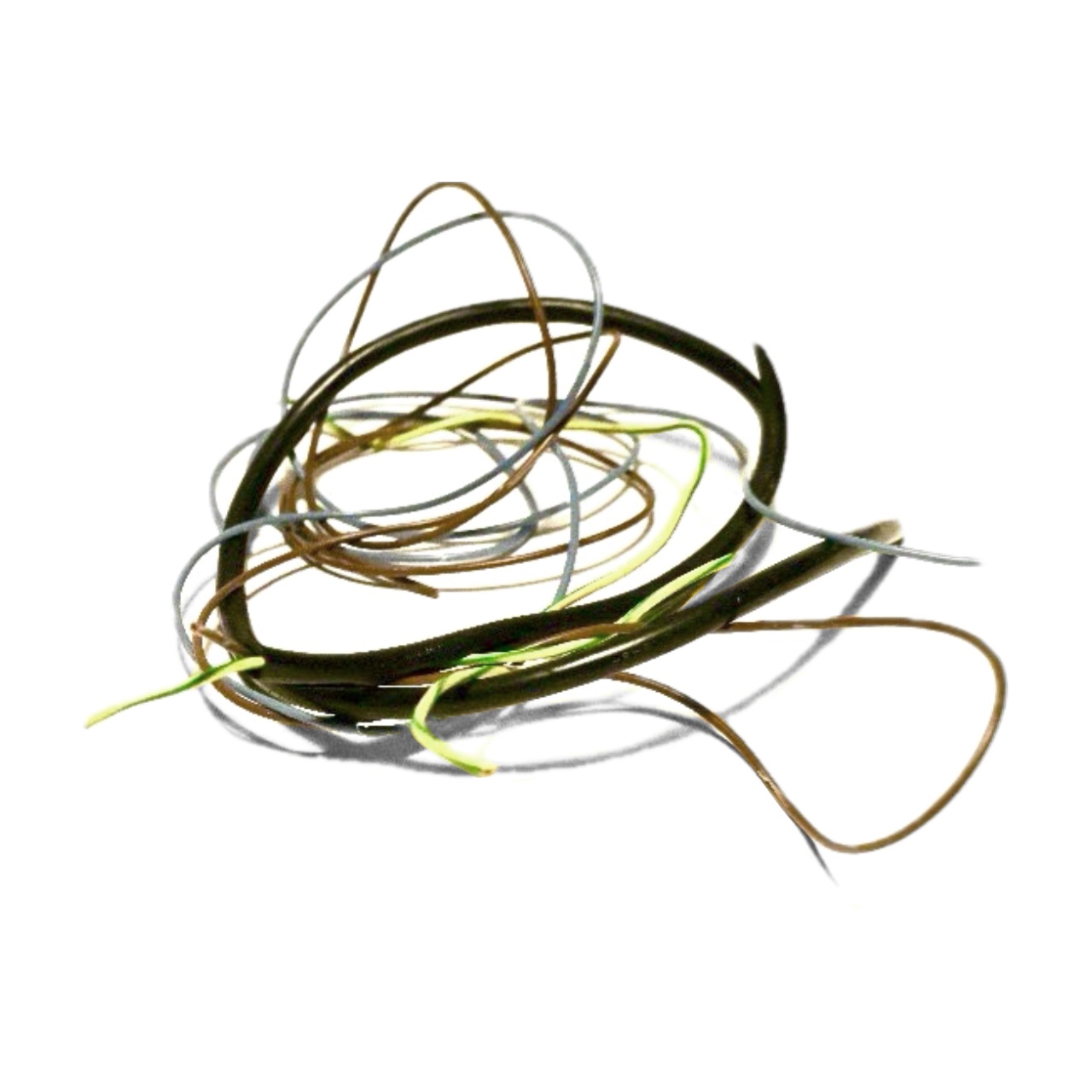
This experiment focused on determining whether old wires could be reused and, more importantly, how easy the process would be. Through disassembly, I successfully extracted various wires, though the process proved tedious. A surprising discovery was the presence of dye inside some wires, likely to deter disassembly, which stained my hands blue.
Read More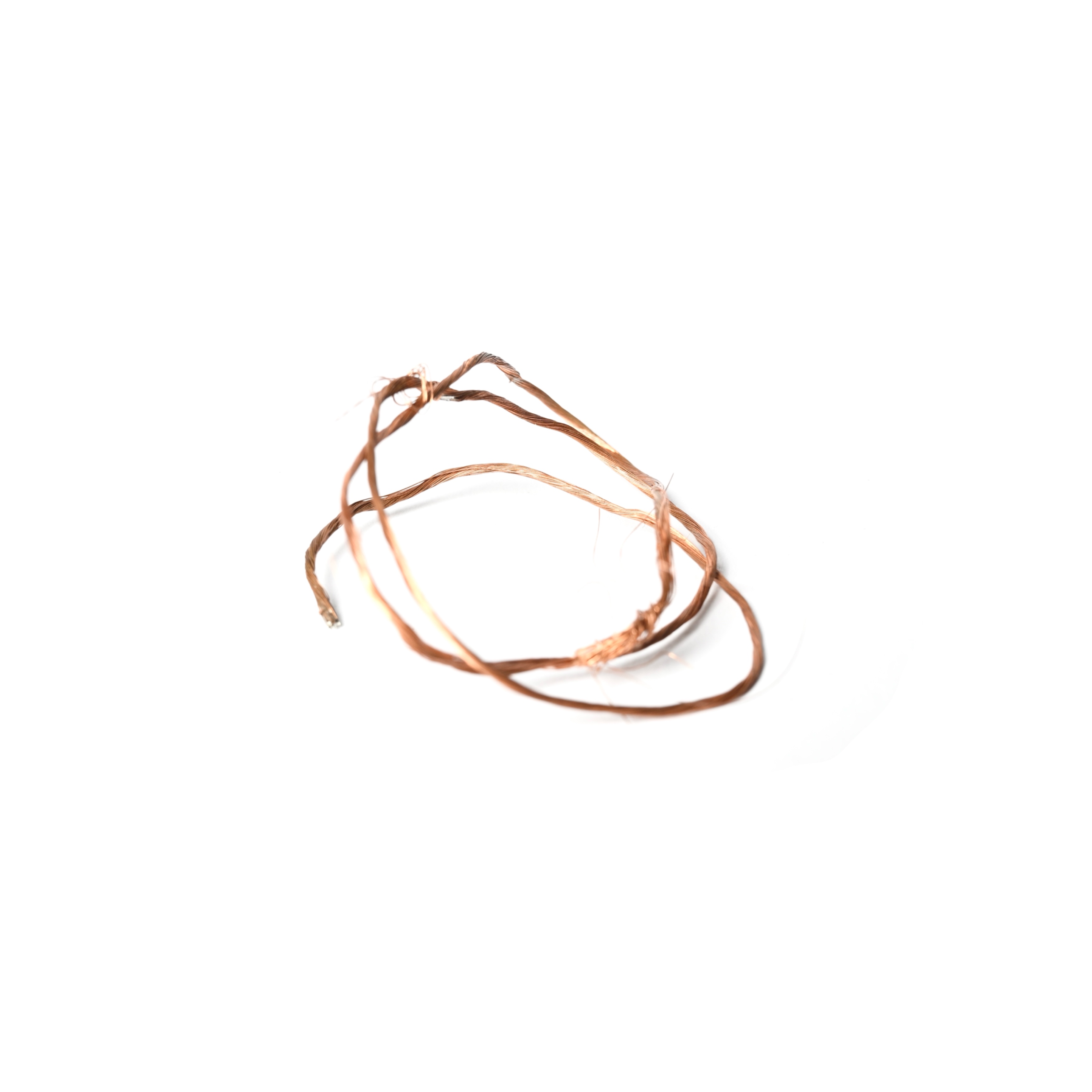
This experiment aimed to determine if copper strands and their casings could be extracted from reused wires without excessive loss. The process was somewhat easier than retrieving entire wires, but preserving the integrity of both the copper and casing proved to be a challenge without any breakage.
Read More
This experiment explored the possibility of weaving electrical wires into a textile-like structure. The results revealed that the wires’ stiffness made them unsuitable for weaving full textiles as they resisted bending and maintaining an interwoven pattern, but can be woven into meshes. The attempt, provided valuable insights into wire flexibility and different possibilities.
Read More
This experiment built on the previous one by attempting to weave single-strand copper cables instead of fully cased wires. While weaving was theoretically possible, the extreme fragility of the strands made it impractical. The strands frequently broke, making the process unfeasible for creating a textile-like material.
Read More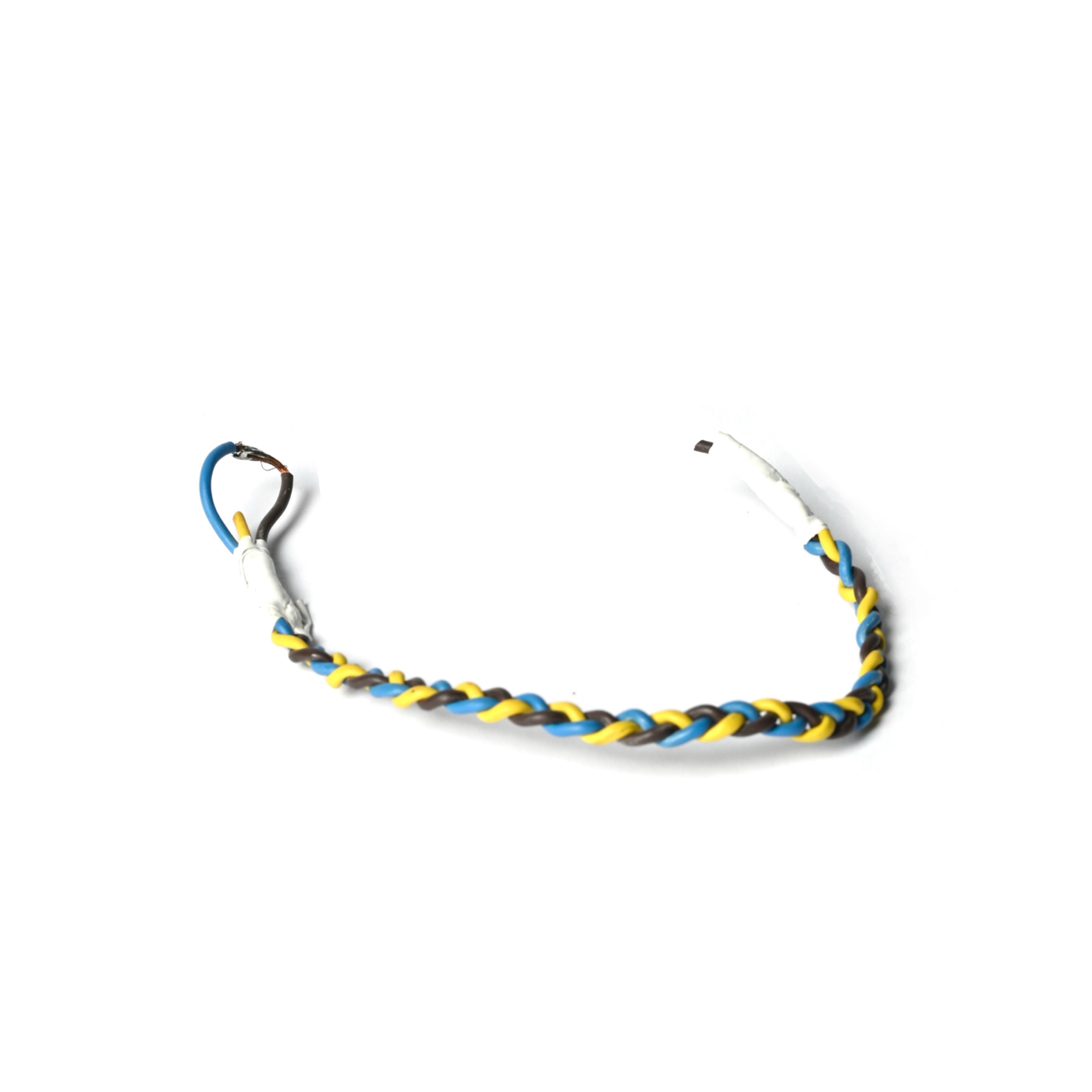
This experiment examined whether electrical wires in their casings could be braided into a sturdy form. The results showed that while braiding was successful, the final structure was quite stiff due to the rigidity of the casings, making it more suitable for structural applications rather than flexible textiles.
Read More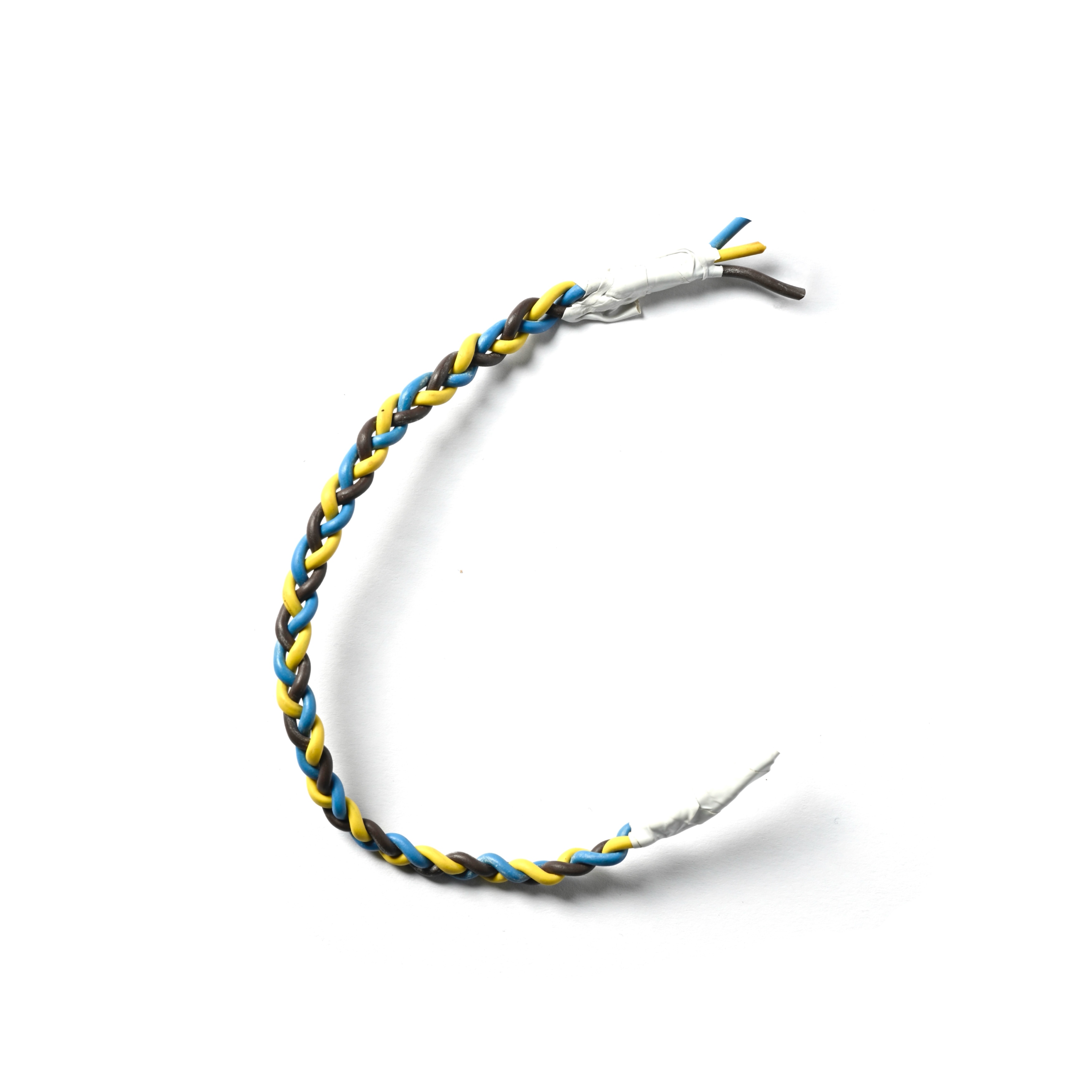
This experiment tested whether electrical wire casings, when separated from the copper wire, could be braided and if doing so would create a more flexible material than the previous braided wire experiment. The results were promising, as the braided casings formed a stretchy and highly flexible structure.
Read More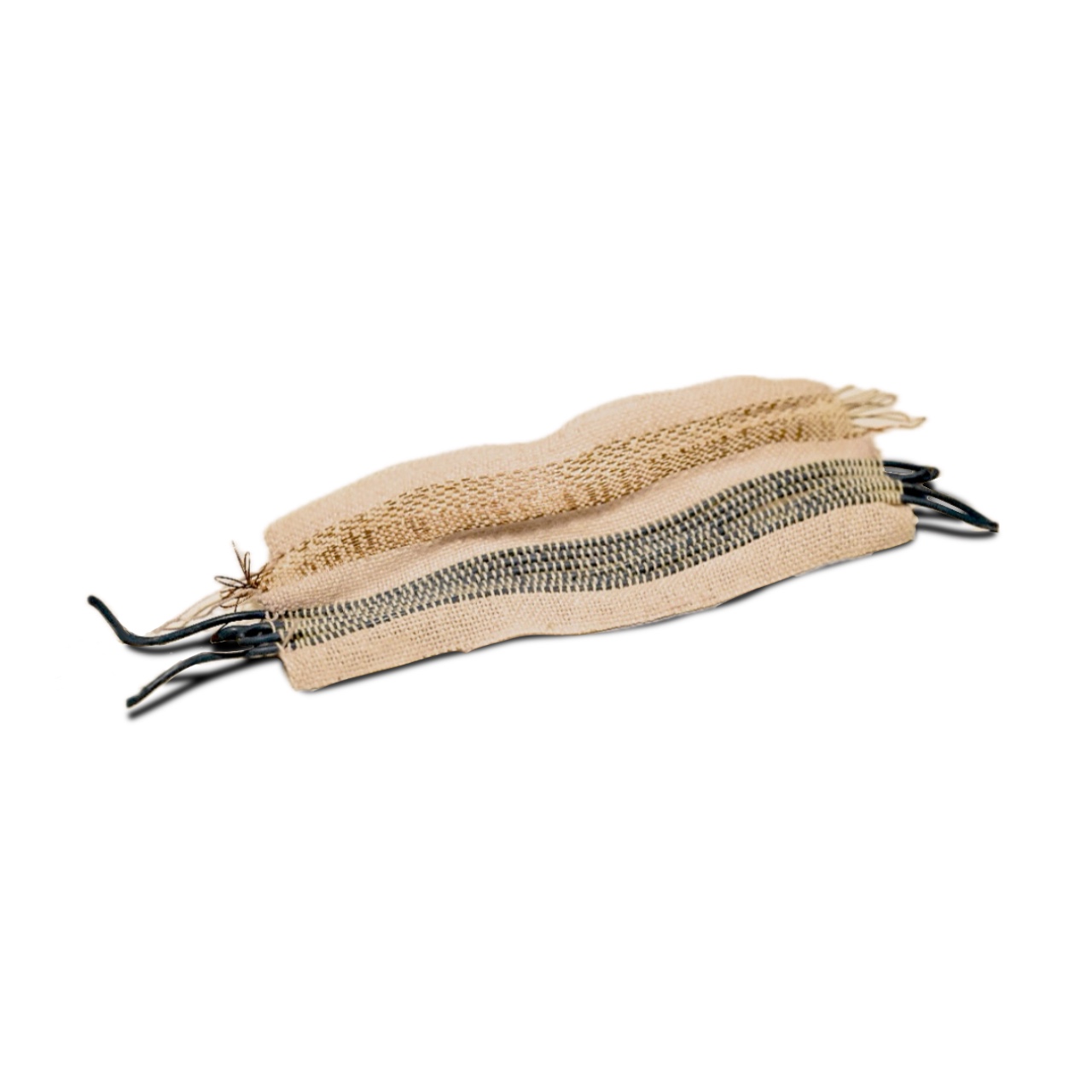
These experiments explored how electrical wires and copper sculpting wires interact when woven with yarn. The results showed that while the wires remain stiff, the flexibility of the yarn allows for a compelling balance of rigidity and pliability, creating a tactile textile with an interesting structure.
Read More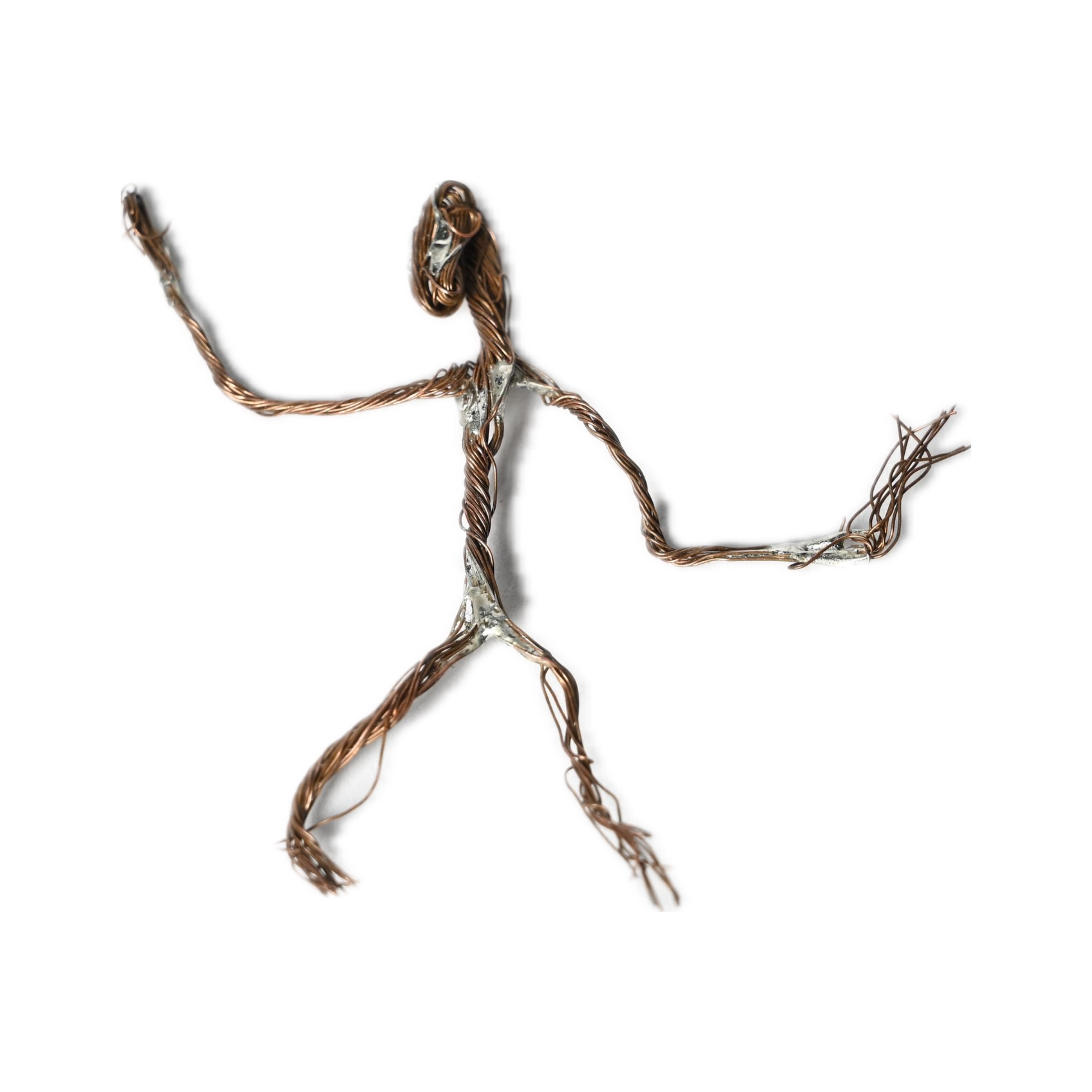
This experiment tested how well copper wire strands take to soldering and whether the technique could be useful for securing wires together or creating small sculptures. The results confirmed that copper bonds well with solder, forming strong connections that could have structural and artistic applications.
Read More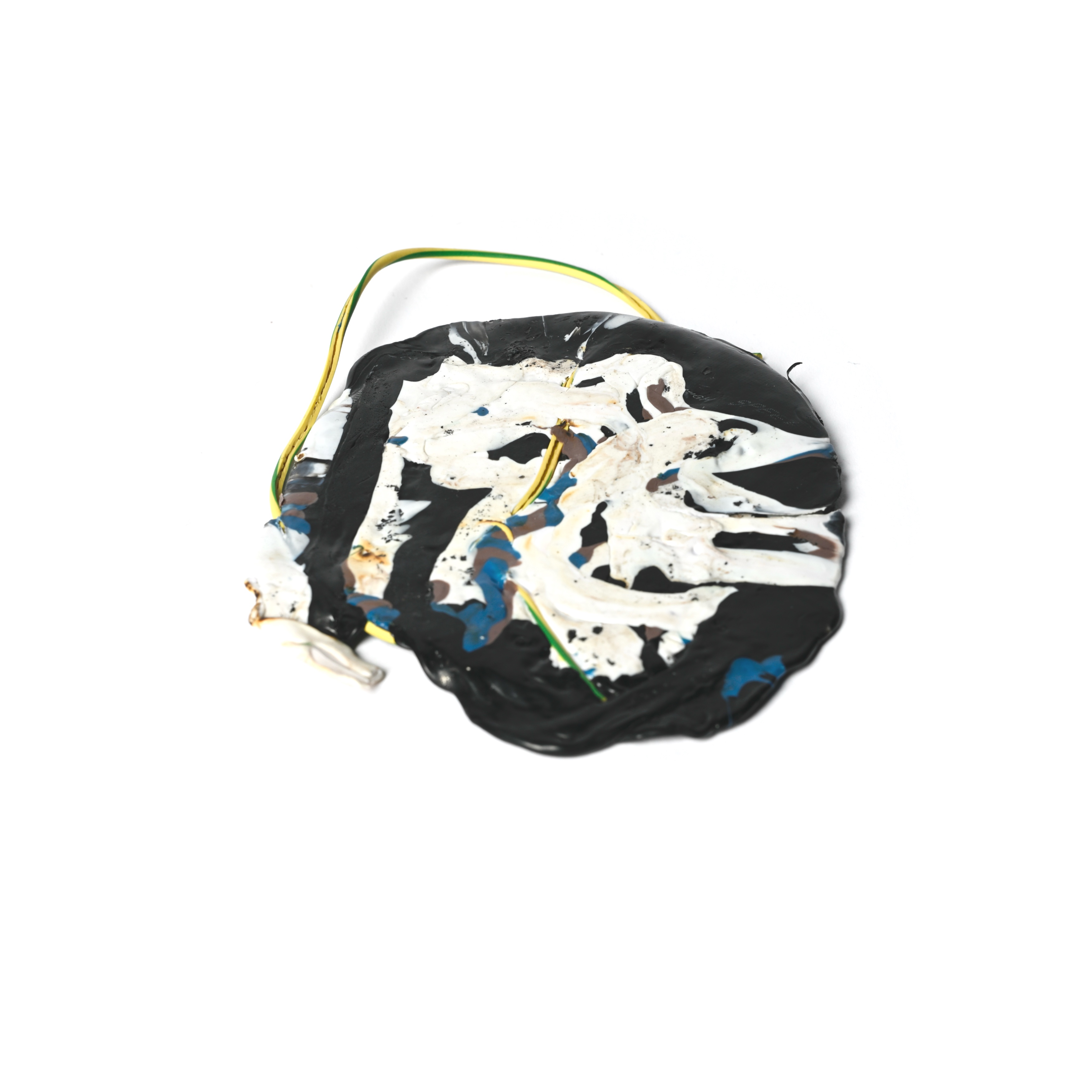
This experiment investigated how the plastic casing of electrical wires responds to heat and whether it could be sculpted into new forms. The results showed that the casing melts easily, with the heat gun and heat press being the most effective tools for reshaping it. The oven was less practical due to its slower, less controlled melting process.
Read More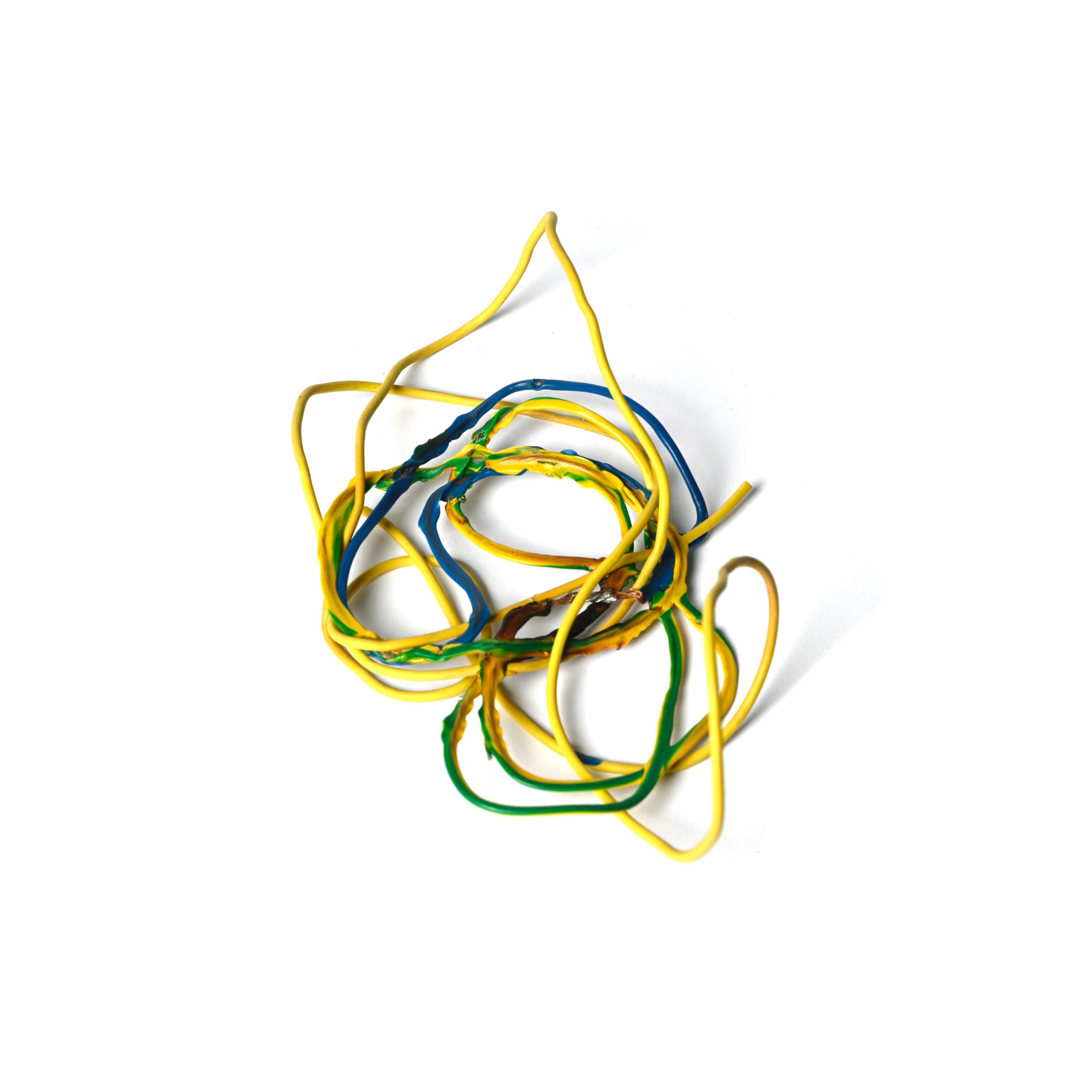
This experiment tested how electrical wires, including both their casings and internal components, respond to heat treatment. While some casings melted and fused together as expected, others resisted melting, indicating that different plastics have varying heat tolerances.
Read More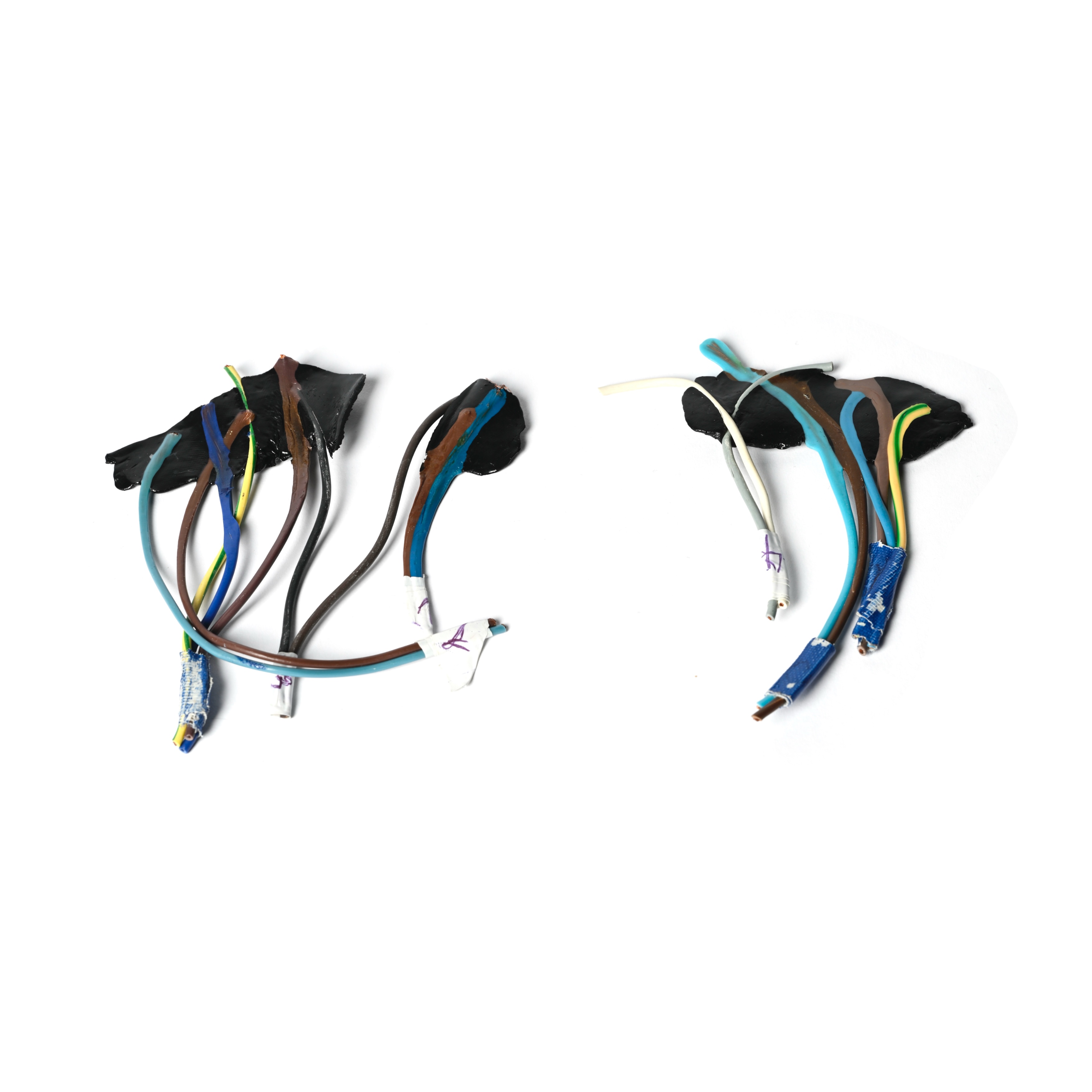
This experiment aimed to classify which types of wires are suitable for melting and which are not. The results identified specific bundles of wire that melted easily, likely made of PVC, while others resisted melting, suggesting they are composed of PE or other high-melting-point plastics.
Read More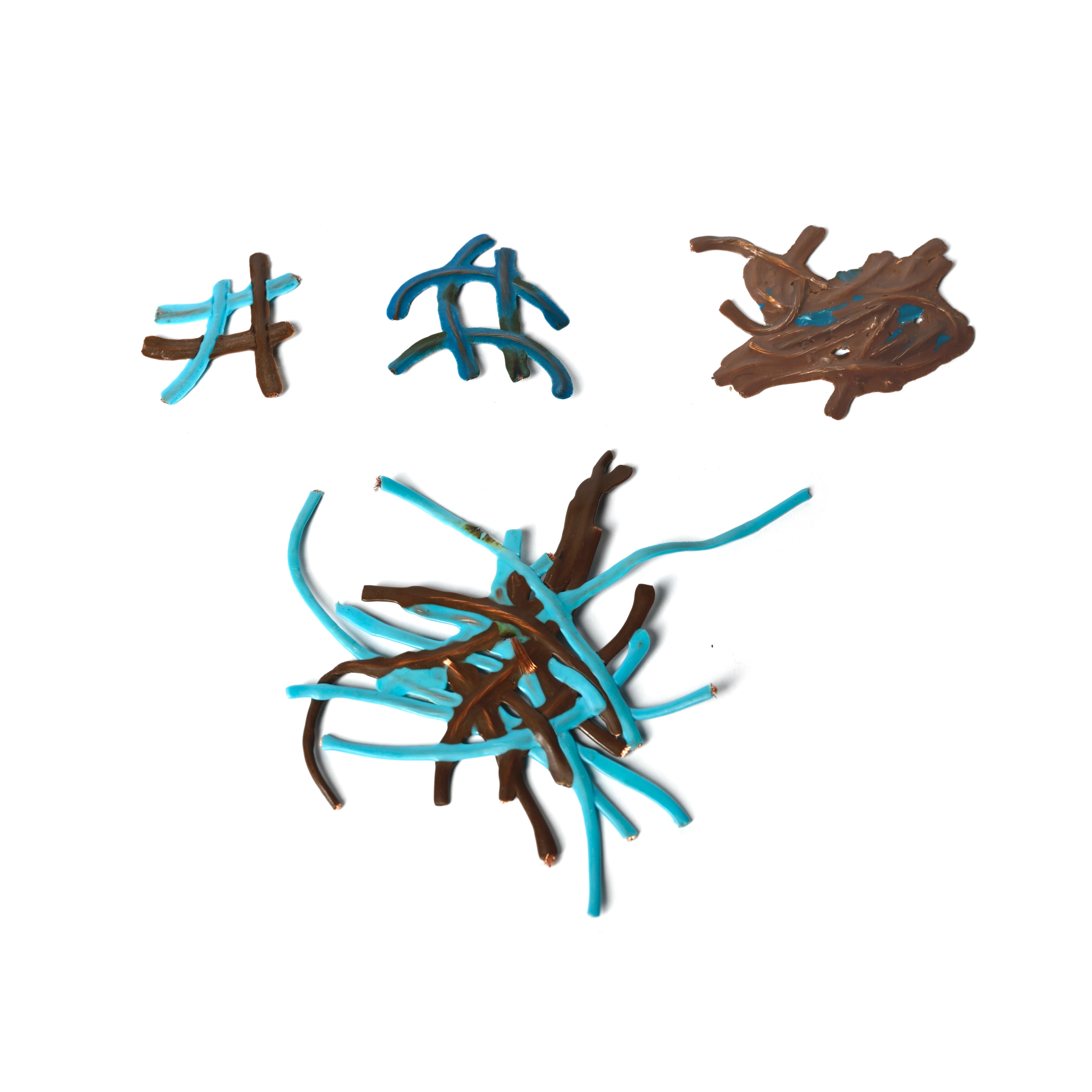
This experiment explored whether electrical wires could be heat-treated into patterned, conductive, and durable materials. The results were promising, as the melted casings created interesting visual patterns and a strong final material. However, a major challenge was getting the wires to lay flat before melting.
Read More.png)
This experiment explored the conductivity and responsiveness of a woven wire mesh in TouchDesigner, using a Touch Board to detect and interpret interactions. By integrating conductive materials into a structured weave, the project tested how different weaving densities and contact points influenced signal strength and responsiveness.
Read More